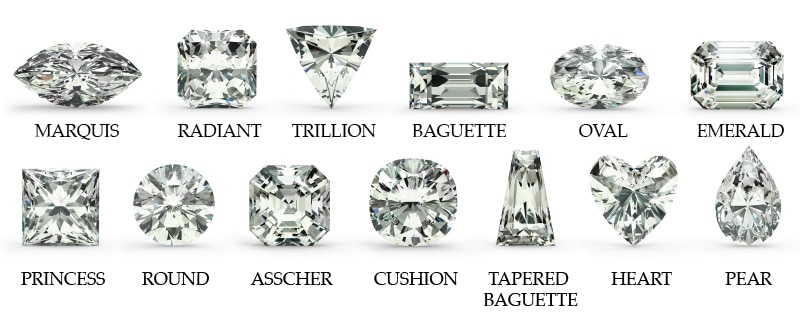Anatomy of a Diamond

TABLE
The Table is the top, octagon-shaped portion of the Diamond that allows you to see inside the Diamond
CROWN
The Crown is the entire portion of the Diamond above the Girdle. The Ideal Crown Angle is 33.7 – 35.8%. If the Crown is too high, or shallow, light will not reflect correctly and the diamond will appear dark and lifeless.
GIRDLE
The Girdle is the line that splits a Diamond’s top section )the Crown) from the bottom section (the Pavilion) The Girdle is given a grade from Very Thin, Thin, Medium, Slightly Thick, Very Thick, to Extremely Thick. It is best to have a Thin, Medium or Slightly Thick girdle that is even in proportions all the way around the stone.
An uneven or wavy Girdle may indicate a stone that is out of proportion. Also, the Girdle is the weakest point of the Diamond. Knocking the Girdle against a hard object often causes a diamond to chip or break.
PAVILION
The Pavilion is the base of the Diamond below the Girdle. The angle of the Pavilion allows light to ‘bounce’ throughout the stone. A stone cut too shallow or deep will allow light to escape from the bottom and the diamond will appear dull. The Ideal Pavilion angle is 40.15 – 41.2%.
CULET
The Culet is an octagon shaped facet at the very tip at the base of the Diamond. Some diamonds do not have a Culet and come to a sharp point. Diamonds without a Culet are more prone to chipping or breaking.

